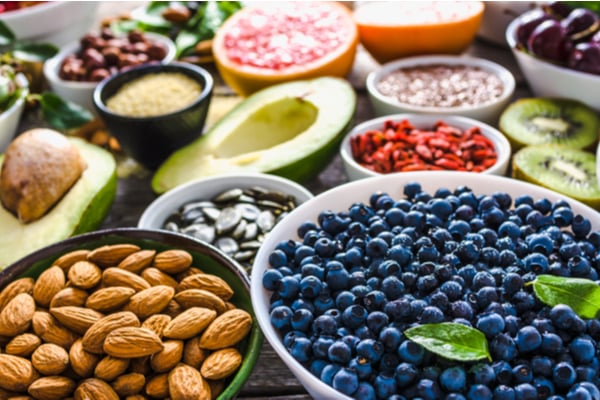When you work as a personal trainer or a nutritionist, it can sometimes be difficult to get clients to subscribe to the old adage that “you are what you eat.” All too often, clients will want to lose weight and will put in the effort at the gym, only to continue eating junk food. For many clients, the idea of meticulously counting calories is quite daunting, but by educating your clients with some nutrition hacks for cutting out calories from daily meals, you can get them on their way to achieving their goals.
Cutting the Empty Calories
What many people looking to lose weight don’t always realize is just how many calories they’re consuming each day in beverages alone. For the average person who drinks a can of soda per day, for example, that easily adds up to an additional 500 calories per week—not a small amount! And many people drink more than just one can of soda per day. By educating clients on the empty calories found in many beverages these days and providing them with healthier alternatives (such as sparkling water instead of soda), you can help them reduce their caloric intake drastically.
Drinking Water Before Meals
You might also consider recommending that your clients drink a large glass of water before each meal. After all, water is a zero-calorie beverage that, when consumed immediately before a meal, allows the stomach to fill up faster. This means your client can eat less food while still feeling satisfied. For those who aren’t a big fan of chugging water, drinking half a glass before dinner and then sipping the remainder of the water throughout the meal can have a similar effect.
Become a Certified Holistic Nutritionist Online in 6 Months or Less
Using Smaller Dinnerware
Many clients don’t realize the effect that their dinnerware can have on how much they eat. The typical person, when handed a plate or bowl of any size, will take enough food so that the plate appears “full.” So when your client is eating off a 10-inch plate, they’re naturally going to take a larger serving than if they were eating off of an 8-inch plate. Advise your clients to reduce their plate, bowl, and even utensil sizes when eating; they’ll get the illusion that they’re eating more, even though the portion sizes will be smaller and their caloric intake will be reduced.
And of course, always remind clients to fill their plates accordingly. The majority of the plate should be loaded with low-calorie fresh veggies or fruit, whereas the remainder should be divided between a healthy source of protein and complex carbohydrates (for the average meal).
Substituting Applesauce for Oil When Baking
When it comes to baking, a little substitution can go a long way. For example, your clients would appreciate knowing that just about any baking recipe that calls for oil will turn out the same when applesauce is used in place of the oil. Applesauce is healthier, has less fat, and is lower in calories—yet it’s similar in its binding effects in baked goods. In most cases, applesauce can be substituted at a 1:1 ratio, making this calorie-saving nutrition hack easy for your clients to remember in the kitchen.
Using Spaghetti Squash in Lieu of Pasta
Speaking of substitutions, there’s another calorie cutting tip worth mentioning that can not only reduce your clients’ calorie intake, but their carbohydrate intake as well. This one is ideal for the pasta-lovers out there. Rather than using traditional pasta, your clients can use spaghetti squash. All they need to do is use a knife to cut the squash in half lengthwise and then carefully poke several holes in the squash itself, removing the seeds. Next, toss the squash on a baking sheet and bake at 400 degrees for about 20 minutes. Allow to cool, then use a fork to scrape the insides out of the squash; what comes out will resemble the look and texture of pasta, making it a great low-calorie and low-carb substitute.
These are just a few nutrition hacks to help your clients reduce their caloric intake without asking them to make any major sacrifices in the process. See what calorie cutting tips work best for your clients!
Looking for more ways to help improve your client’s daily food intake? Take a look our listing of the best of the superfoods for optimal health!




